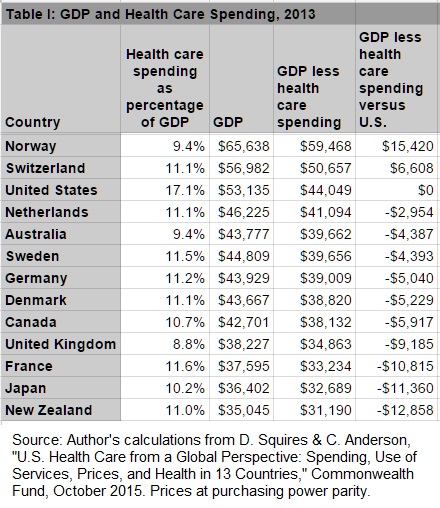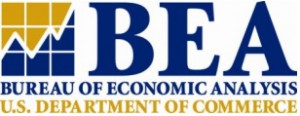(A version of this Health Alert was published by Forbes.)
Scholars affiliated with the Commonwealth Fund recently published another report in the Fund’s series of international comparisons of U.S. health care. These reports are always well received by the media, which run articles lamenting how expensive U.S. health care is, and how great a burden on the country. Encouraged by the Commonwealth Fund to conclude that the major difference between health care in the U.S. and other developed countries is that they have “universal” health systems, many reasonable people understandably conclude that such a reform could reduce the cost of U.S. health care.
This conclusion is way off-base. According to the report, U.S. health spending accounted for 17.1 percent of Gross Domestic Product (GDP) in 2013. France comes next, at 11.6 percent. In dollar figures, the U.S. spent $9.086 per capita, versus only $6,325 in Switzerland, the runner-up. (These prices are reported at purchasing power parity, which adjusts the foreign currency exchange rates for differences in cost of living.)
These results certainly invite us to question whether we are getting our money’s worth. However, it is not clear that this spending is a burden on the U.S., given our very high incomes. Table I shows that when we subtract U.S. health spending from our Gross Domestic Product (GDP), we still had $44,049 per capita to spend on everything else we value. Only two countries, Norway and Switzerland, beat the U.S. on this measure. In the United Kingdom for example, GDP per capita after health spending was only $34,863 in 2013. So, even though American health care is significantly more expensive than British health care, the average American enjoyed $9,185 more GDP after health spending than his British peer, and just under $6,000 more than his Canadian neighbor.

Read More » »










